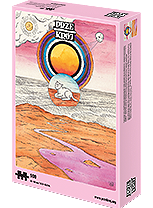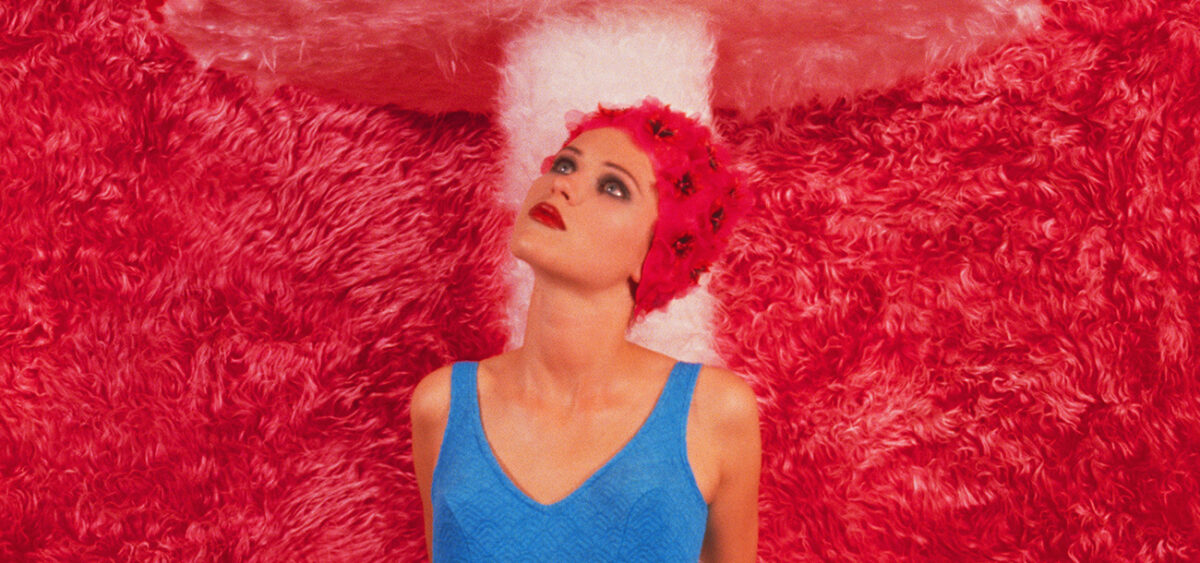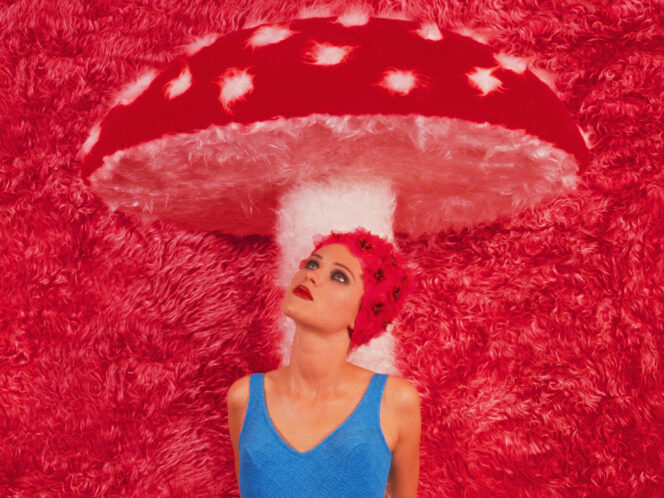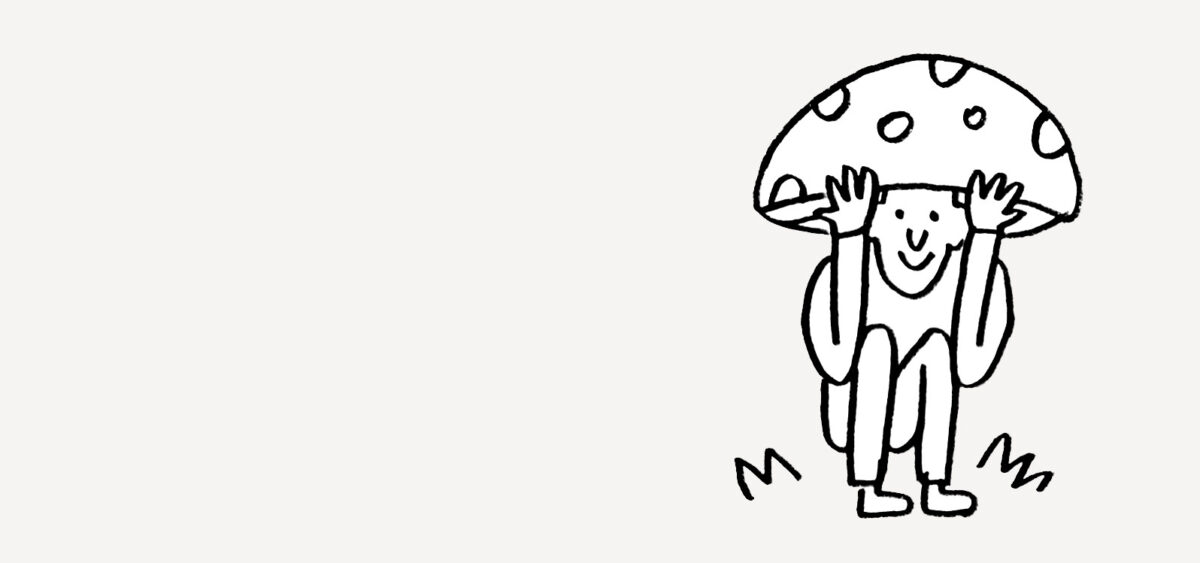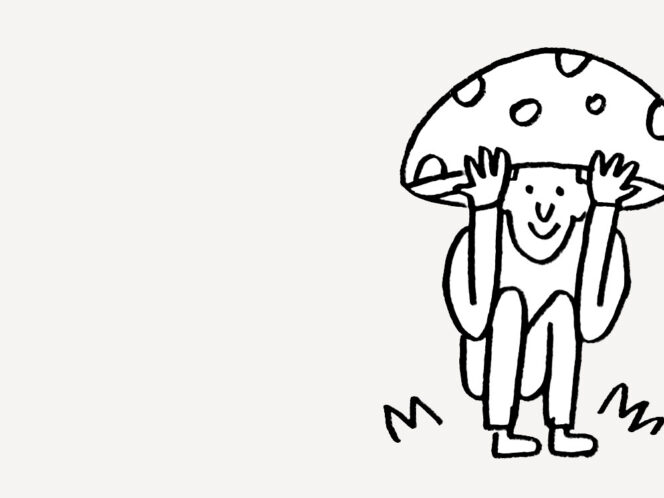
Some can be fried for breakfast, others bring us multicoloured visions. Maurycy Gomulicki, an artist and mushroom foraging enthusiast, talks to Tomasz Wichrowski about mushrooms, Mexico and his furry pink storeroom.
Tomasz Wichrowski: I remember how we met at one of your openings in the Muranów district of Warsaw. I was late, coming straight from a mushroom-foraging outing. Upon my arrival, your girlfriend Mirella told me I had to meet you, that nobody is as passionate about mushroom-picking as you are.
Maurycy Gomulicki: There might be some truth to that. I was always hyped about mushrooms and nature. But I wouldn’t bestow any sort of exceptional status upon myself – I think that we, Poles, are pleasantly drawn towards nature in general. Even though we are a rather urbanized species in our day-to-day life, we still try to spend our holidays by the water or in the forest. And whenever the weather allows it, we dart off for a weekend in the countryside. We savour the intimate beauty of this experience. All my friends and acquaintances enjoy and need to spend some time away from noise, surrounded by nature.
When did you start noticing nature?
I have always loved micro-worlds and enjoyed observing nature. As a child, when waiting for holiday gifts, I used to lie down next to the Christmas tree and imagined climbing it like a sequoia. It was the same whenever we went to a forest; I gazed at patches of moss, feeling as if I was looking at some atolls or extraordinary archipelagos from above. Those were my first exotic journeys. I stared at the undergrowth and saw landscapes. Nature, even at its most shy, is incredibly sophisticated when it comes to details. Getting close to it is an adventure; an encounter with sublime, refined beauty. Once I began my studies at the Academy of Fine Arts, I was fascinated with those meticulous structures – I was enamoured with the etchings in Dürer’s works, in the graphics by Albín Brunovský from Slovakia, and in the works of Leszek Rózga who, back then, was a well-known artist from Łódź. My early works depicted meadows, grasses, mosses, lichen structures…
Did mushroom hunting stir your


